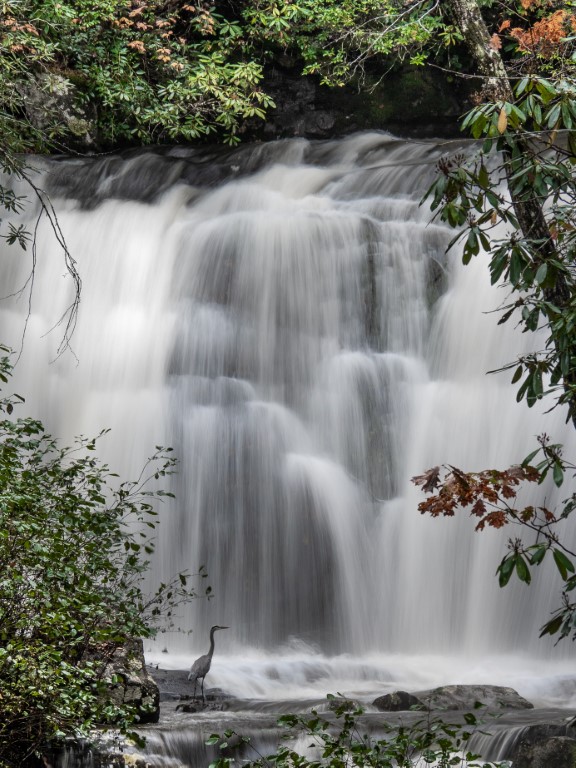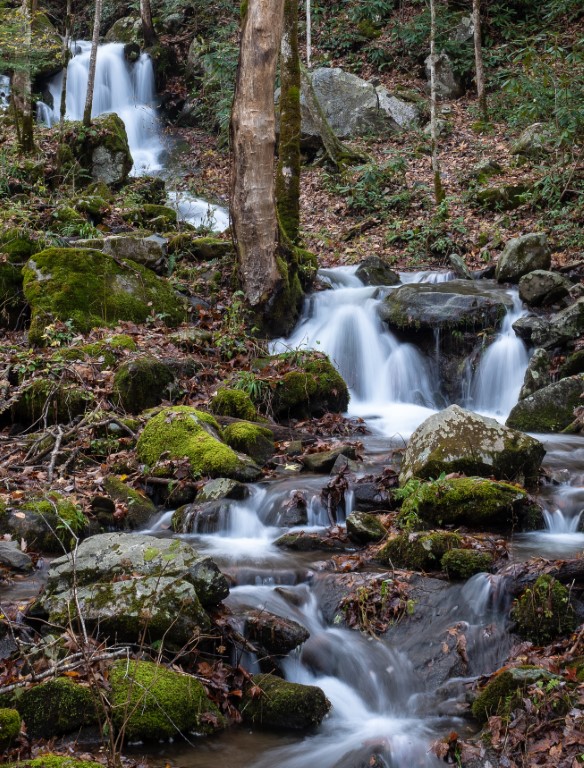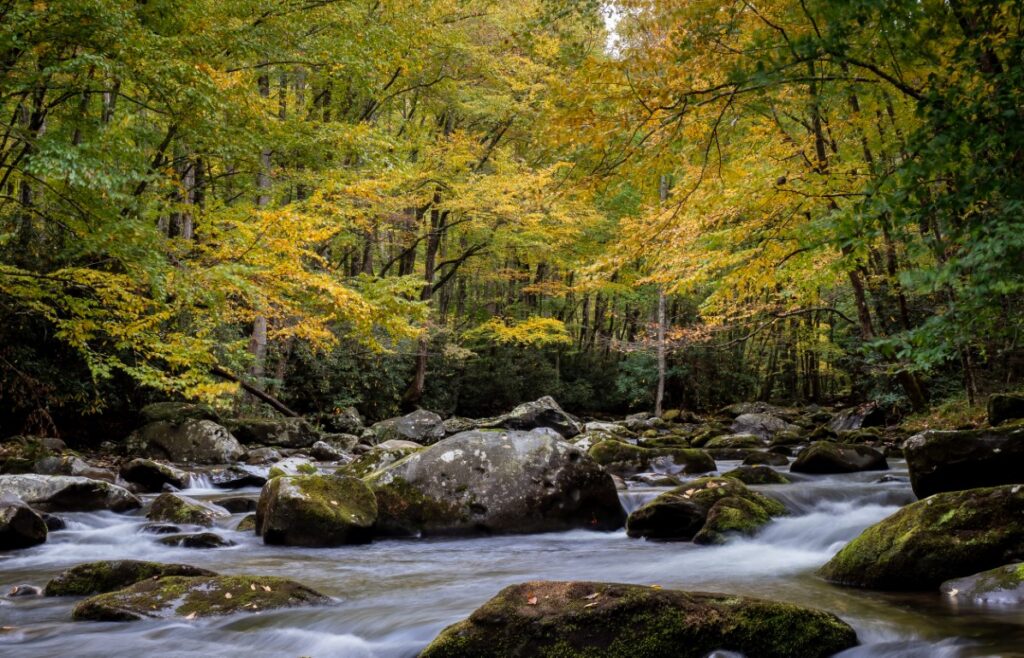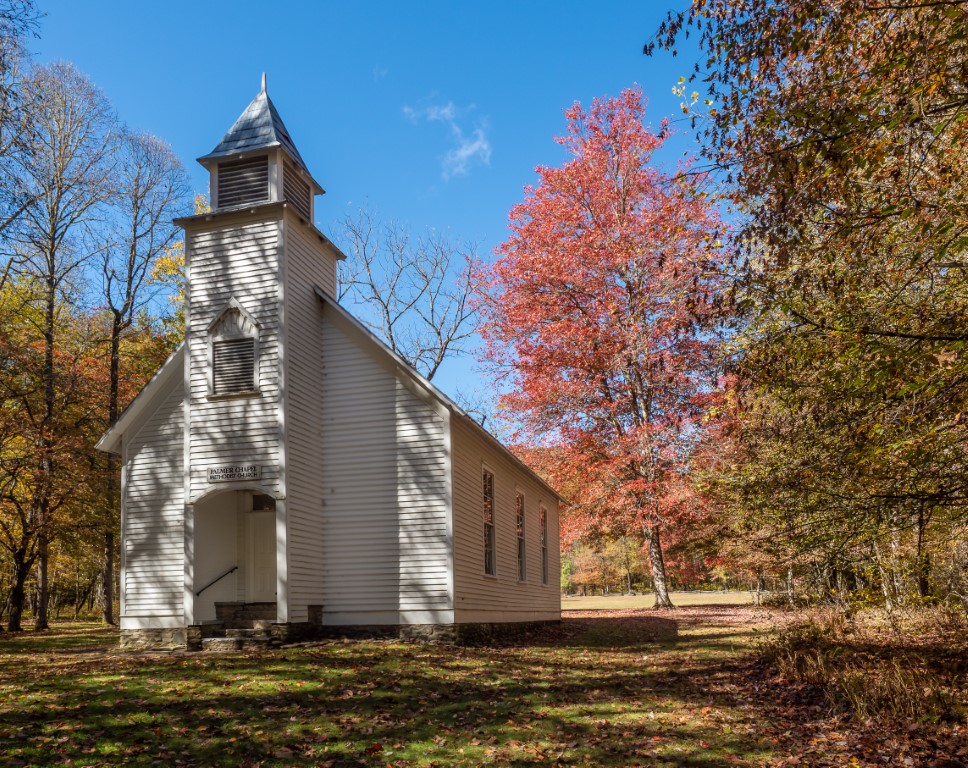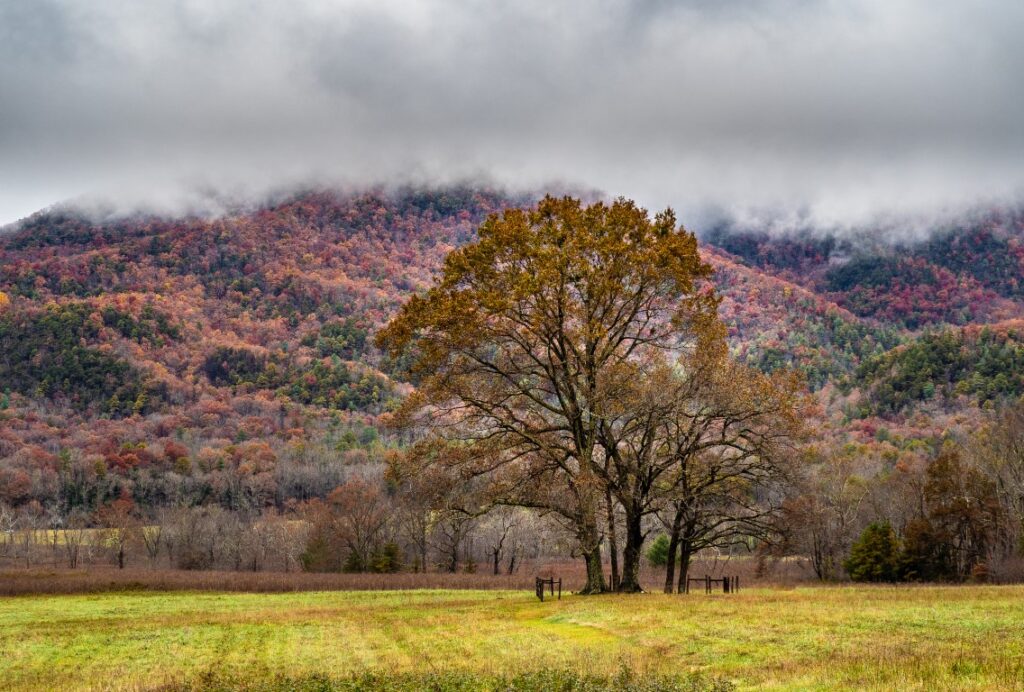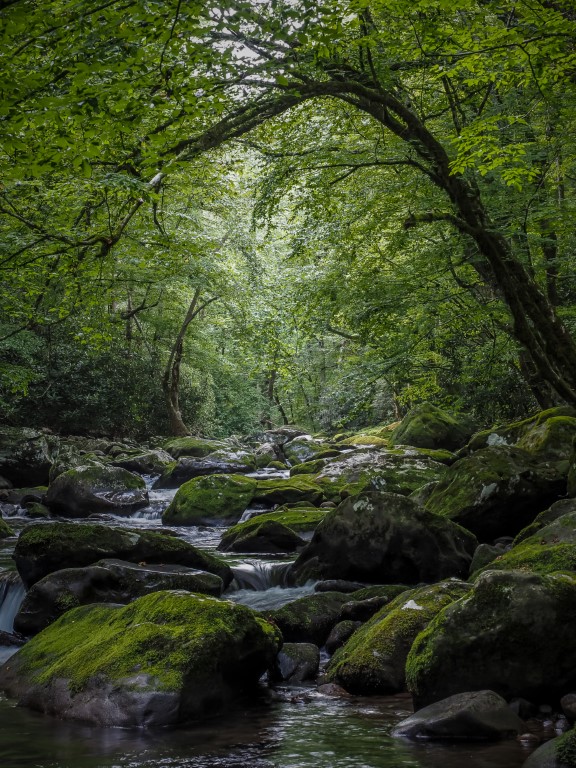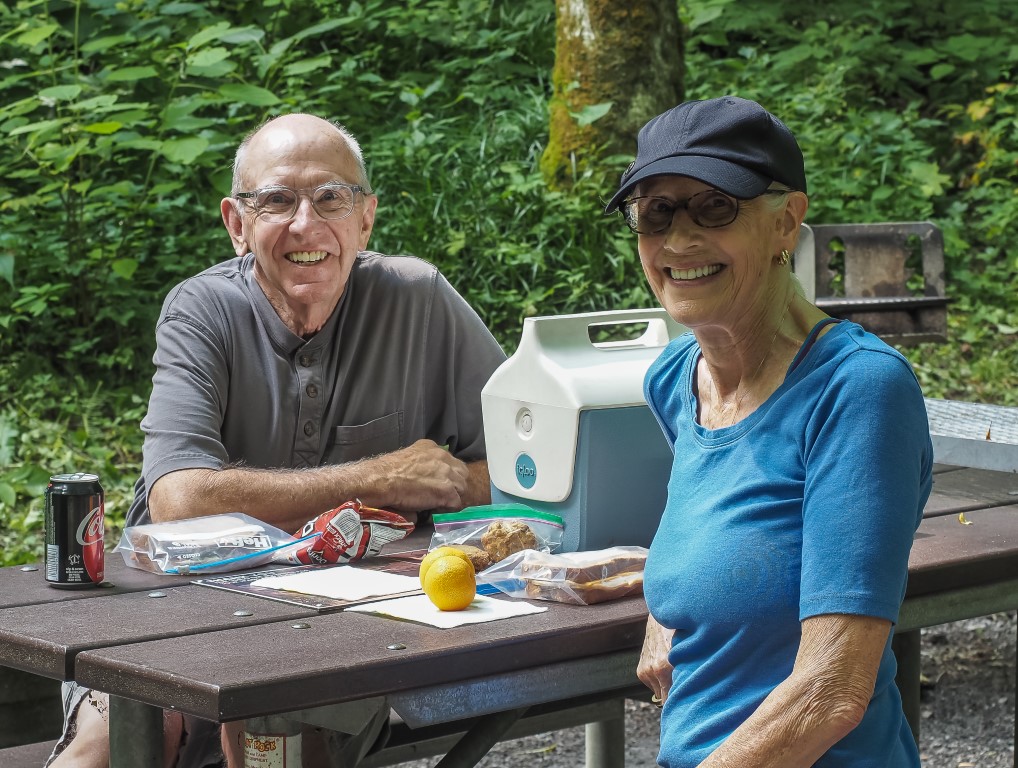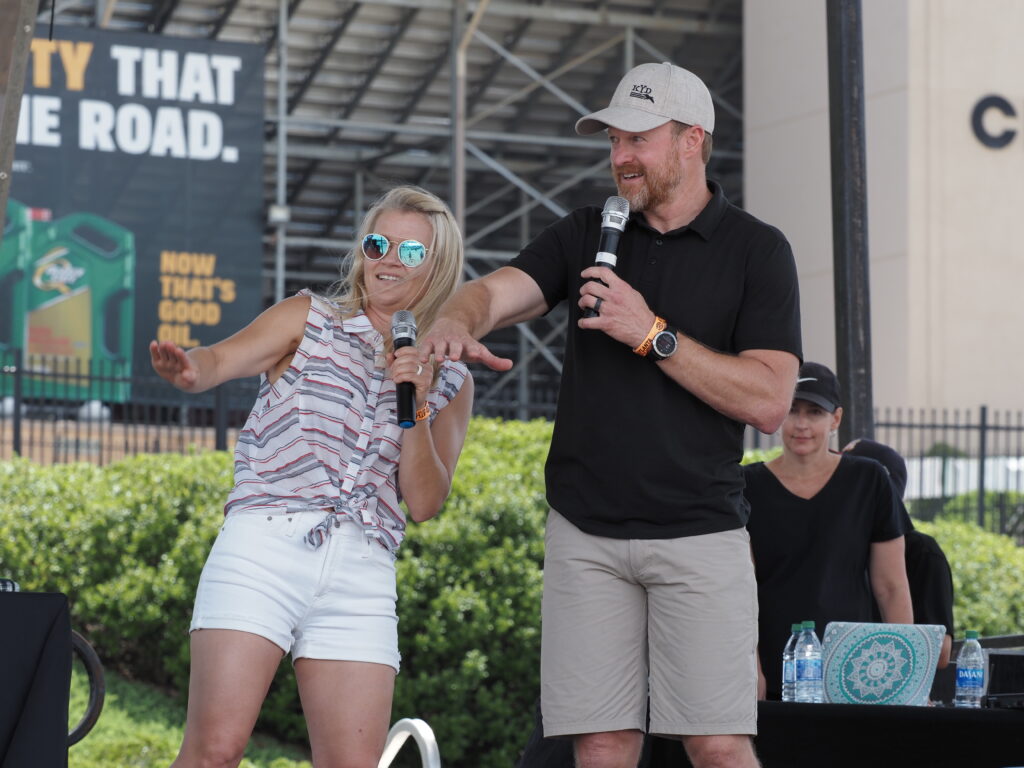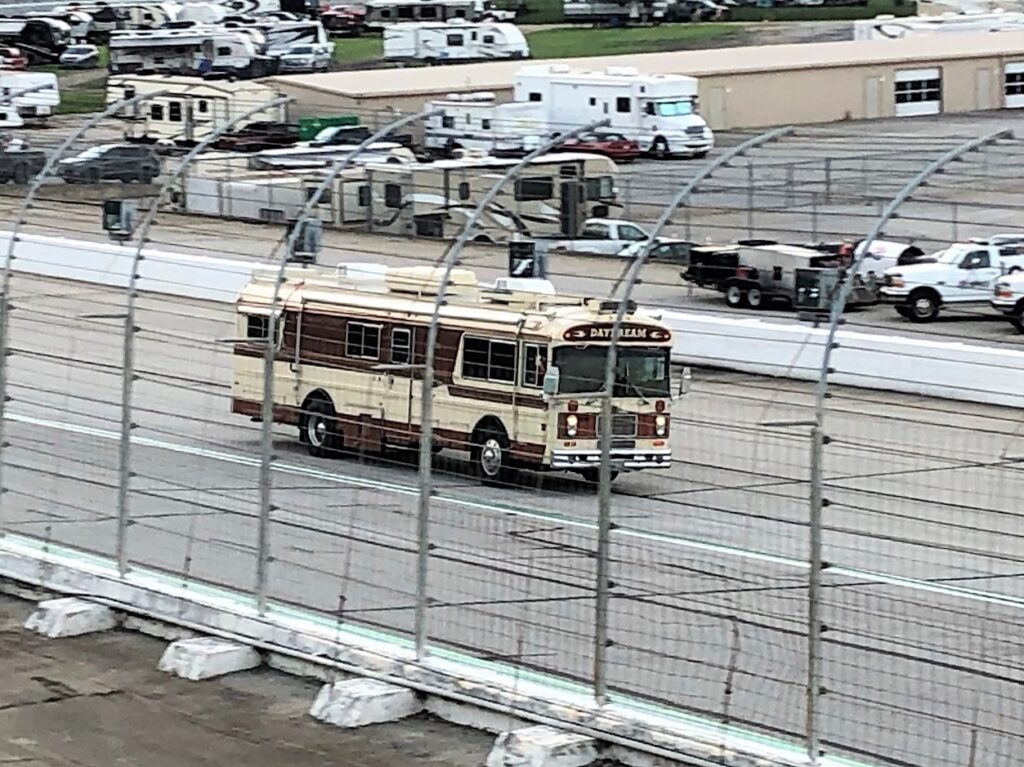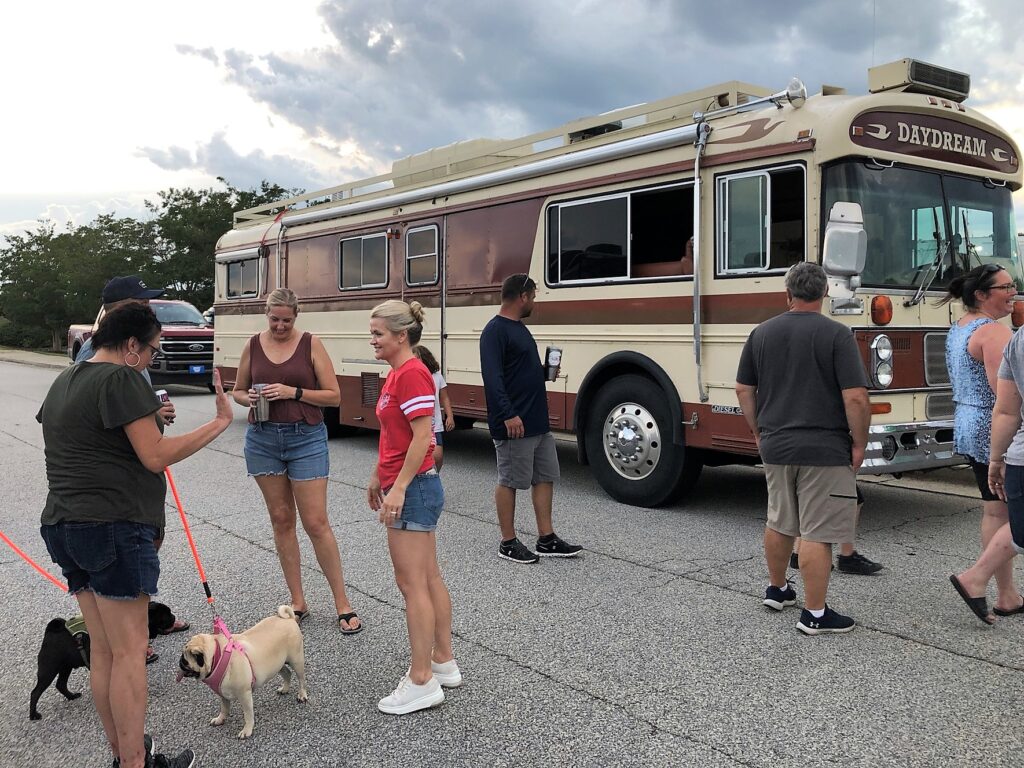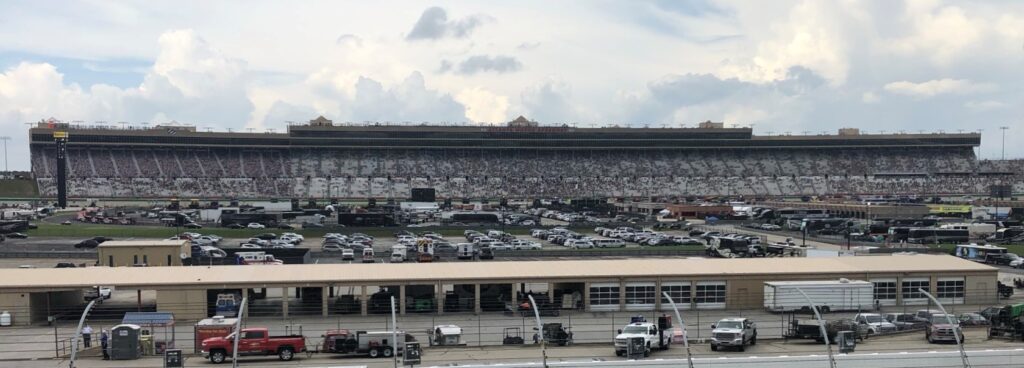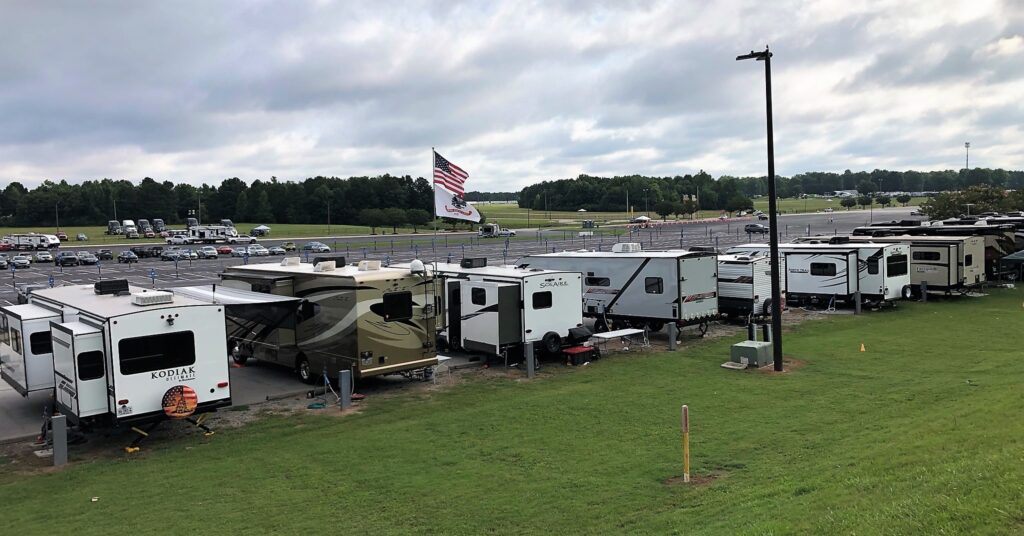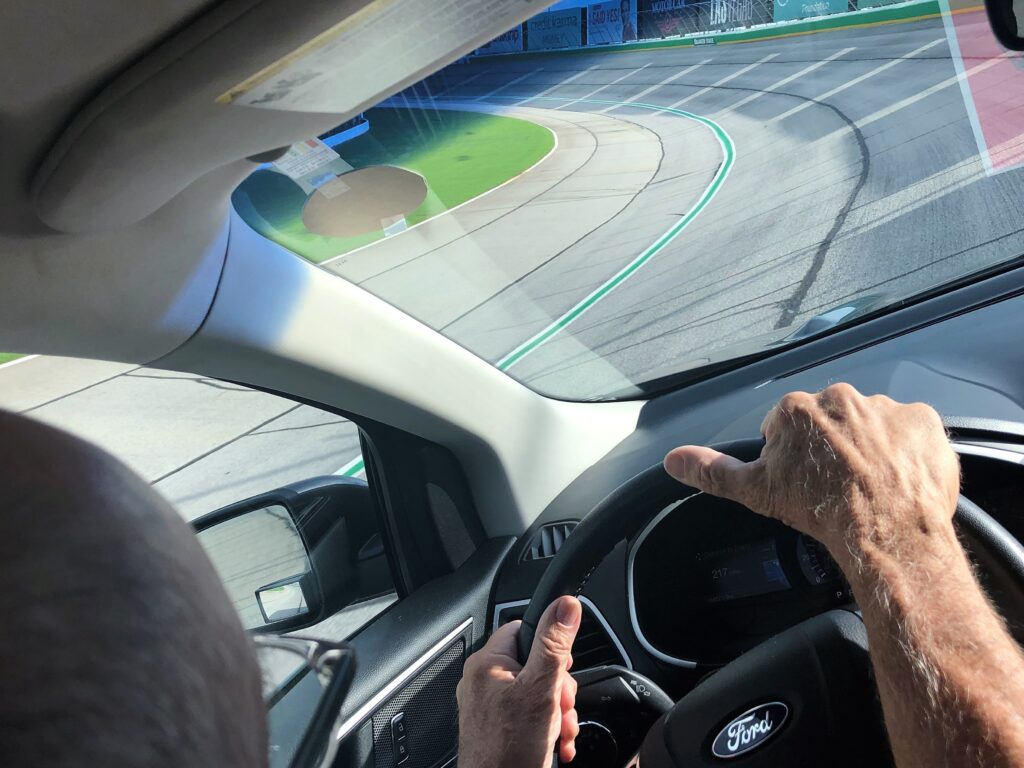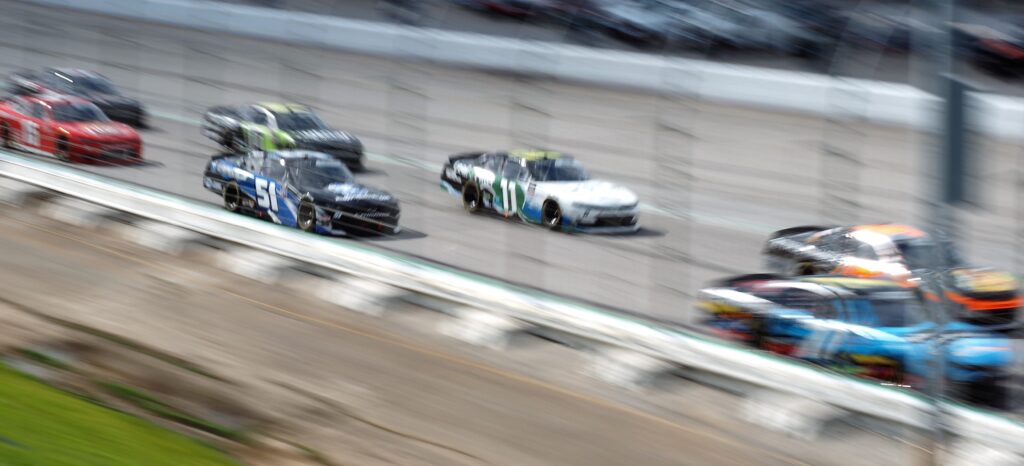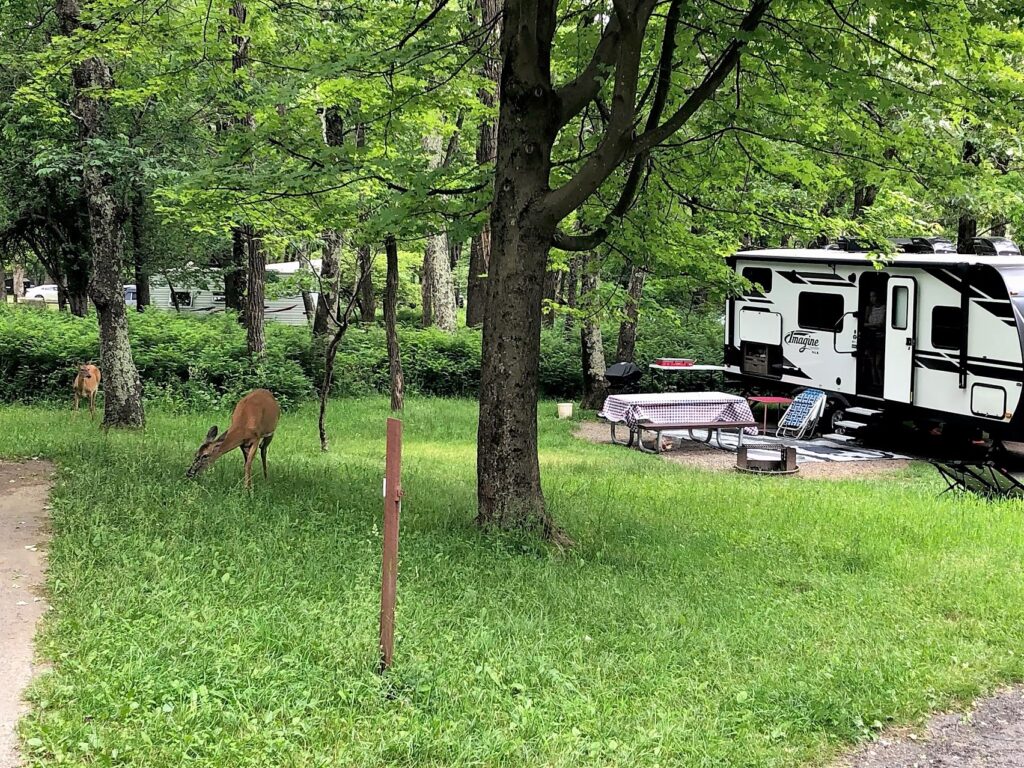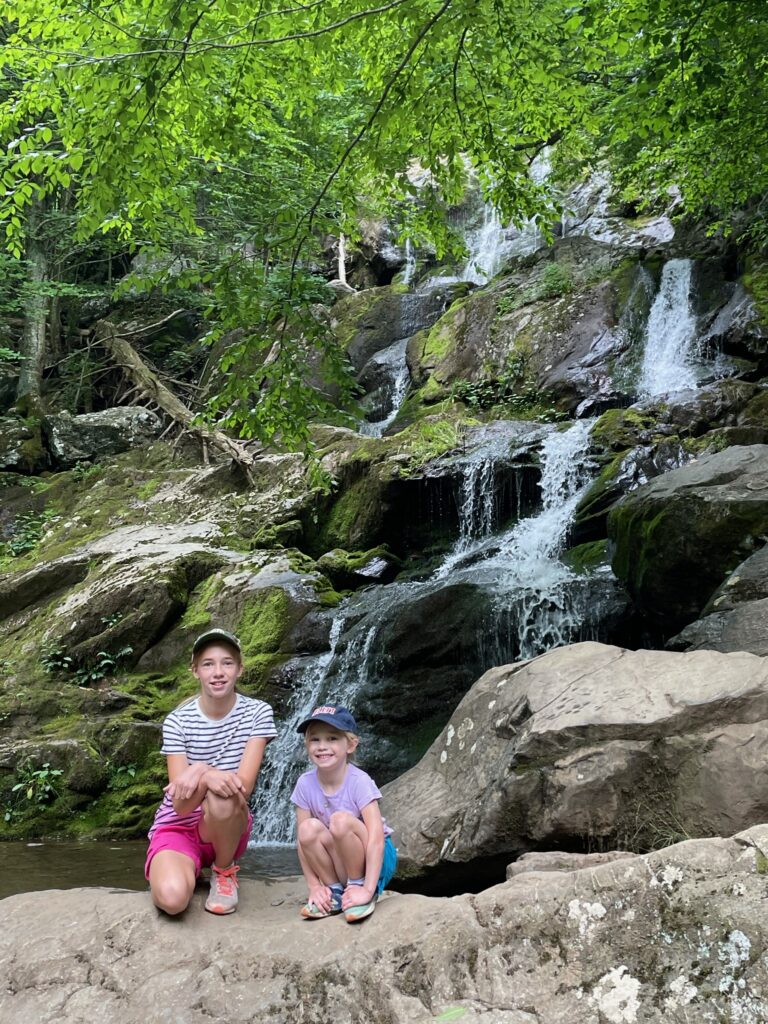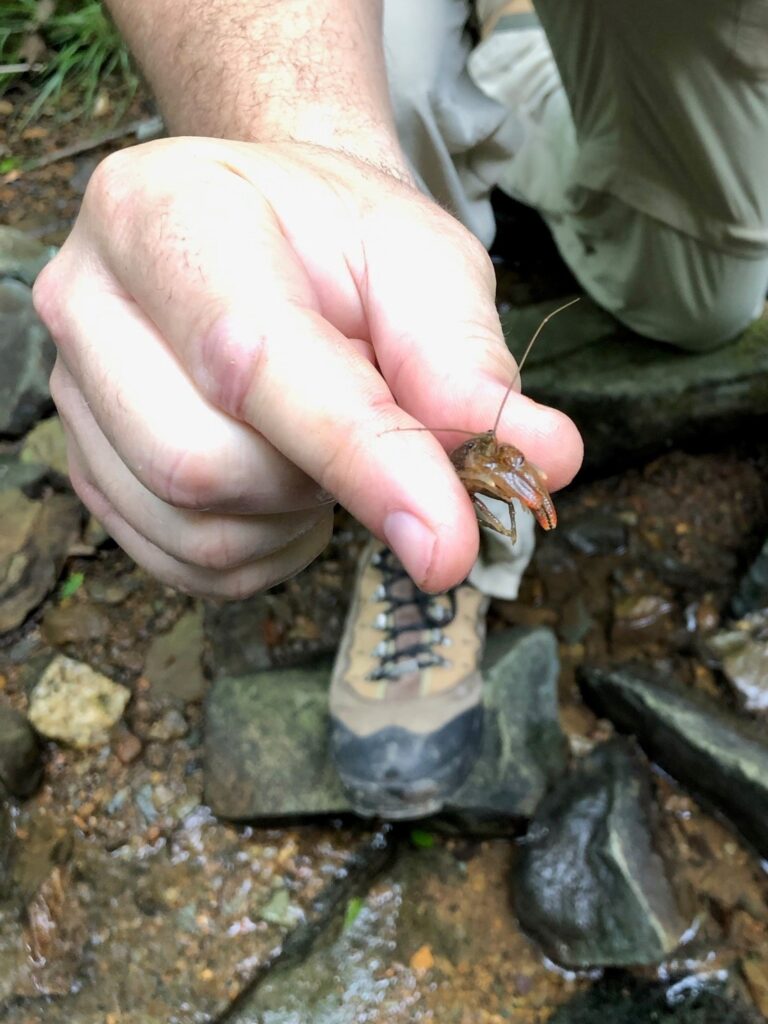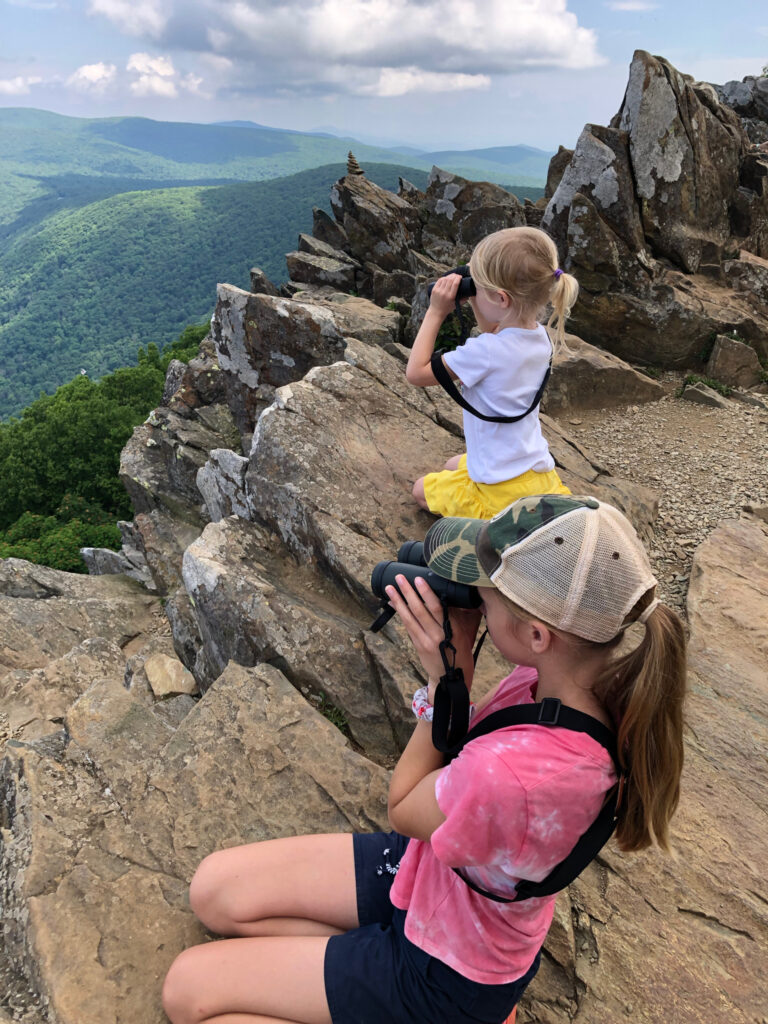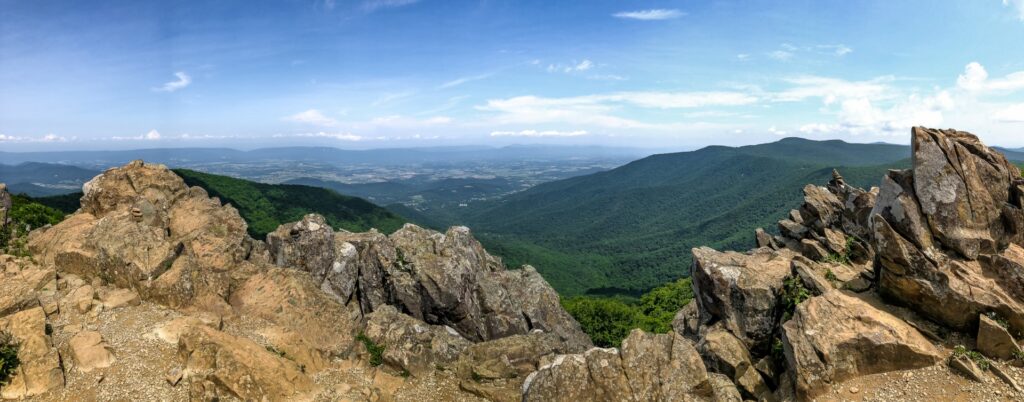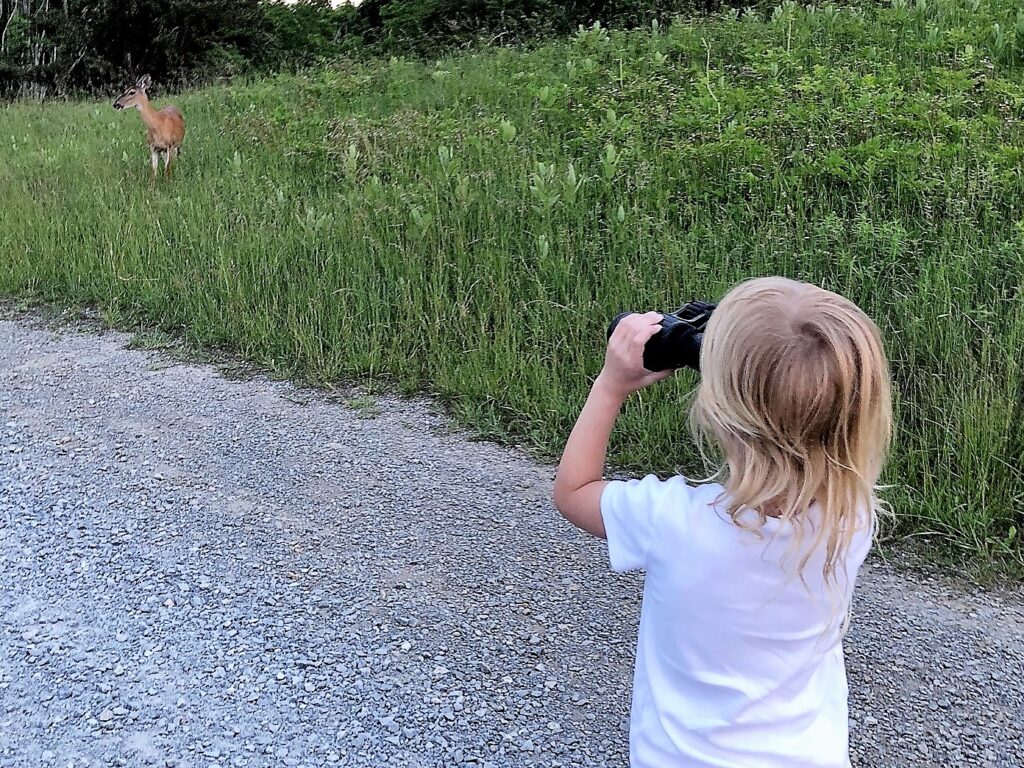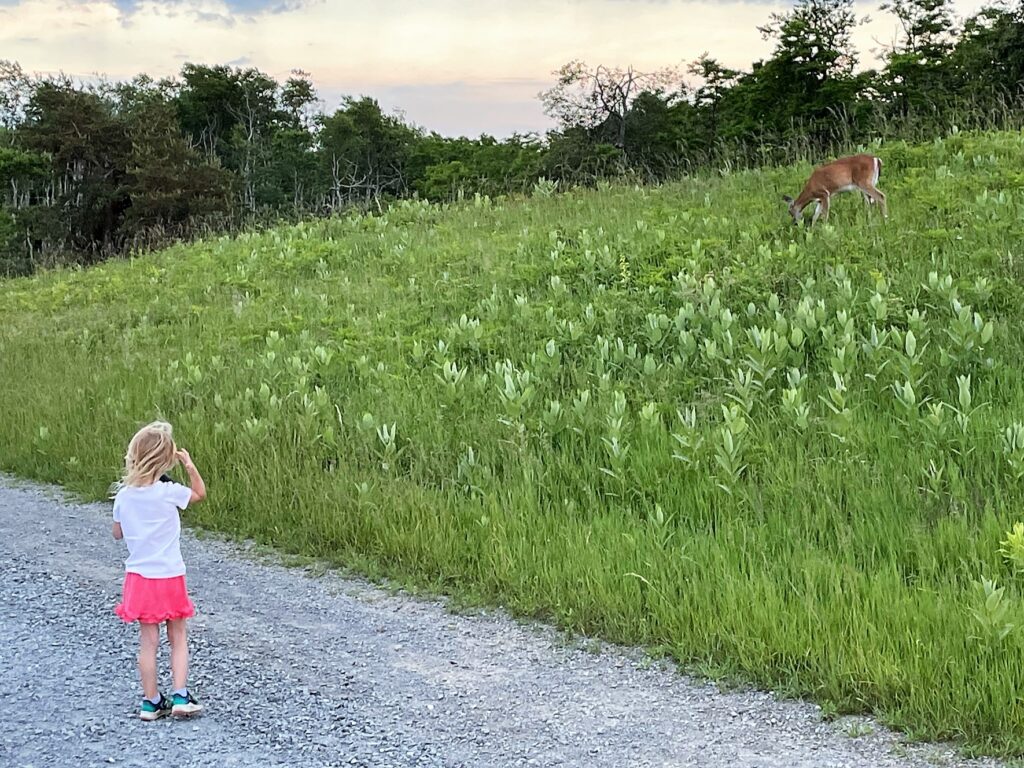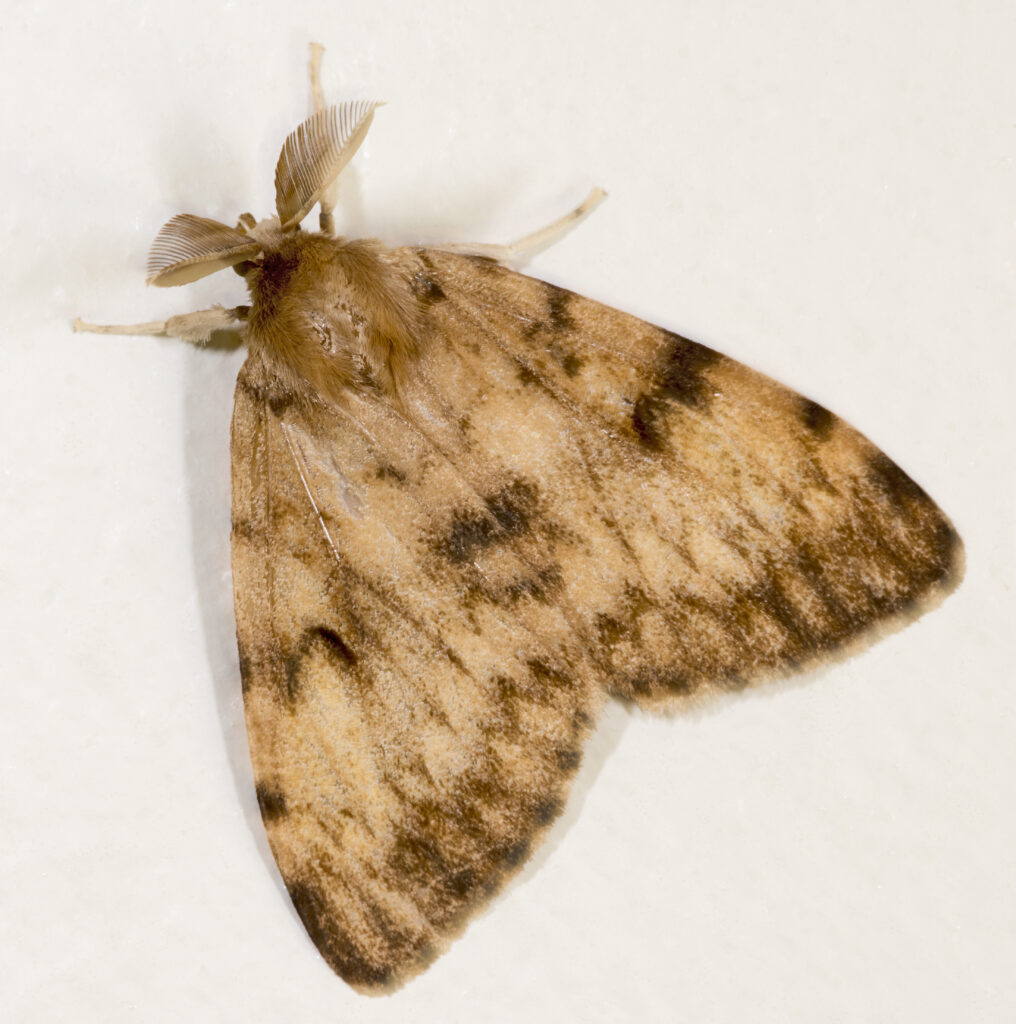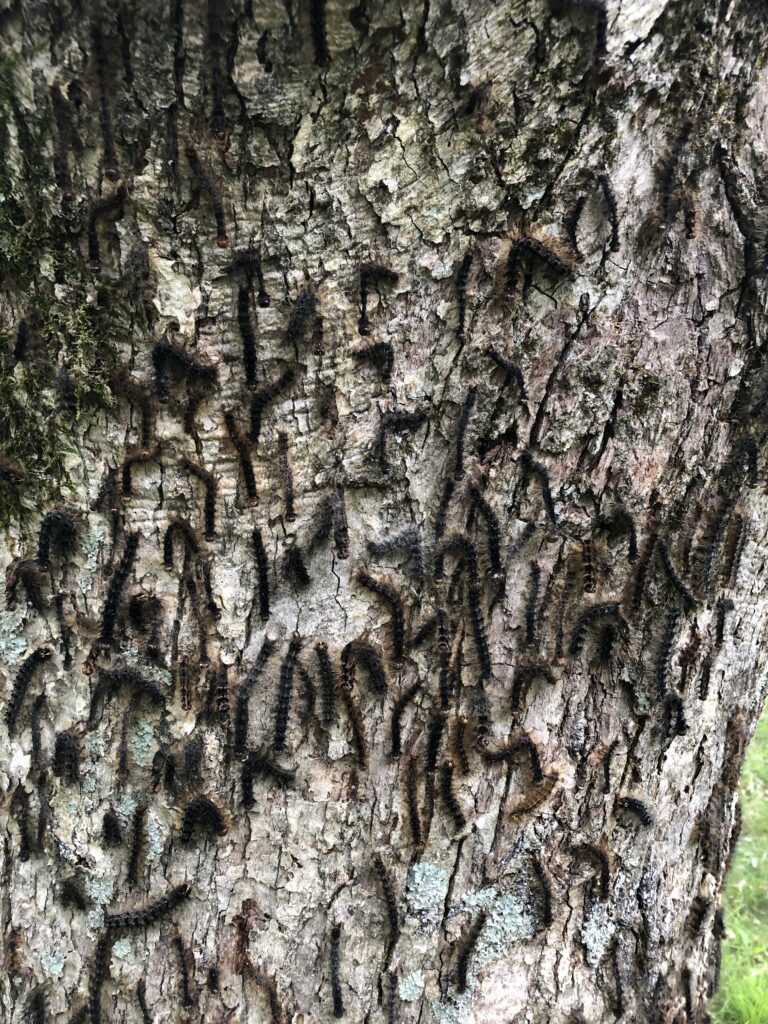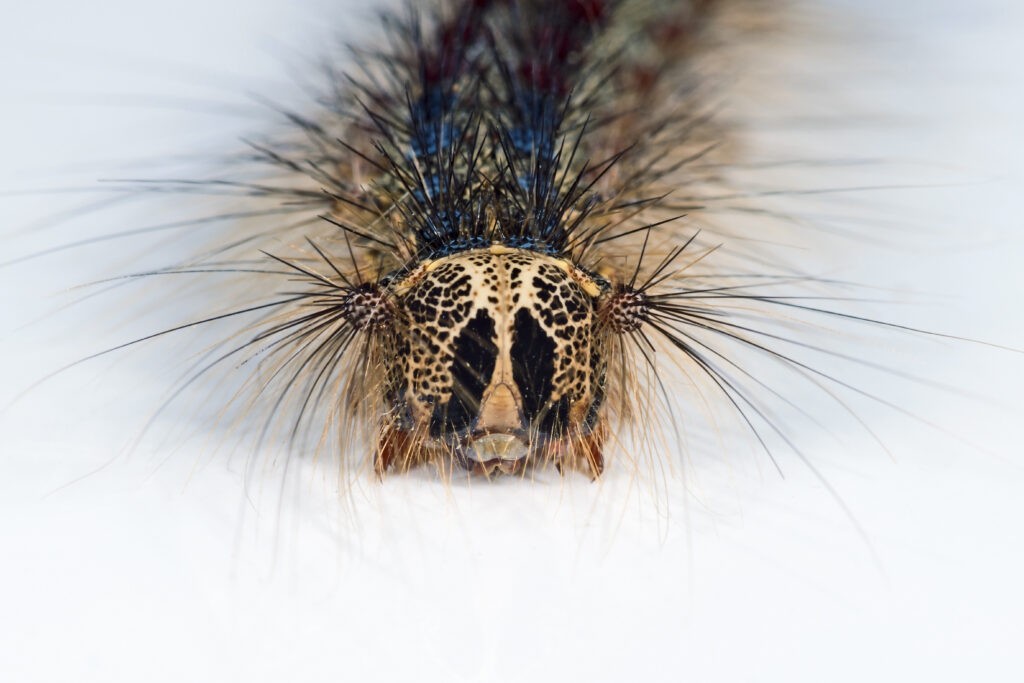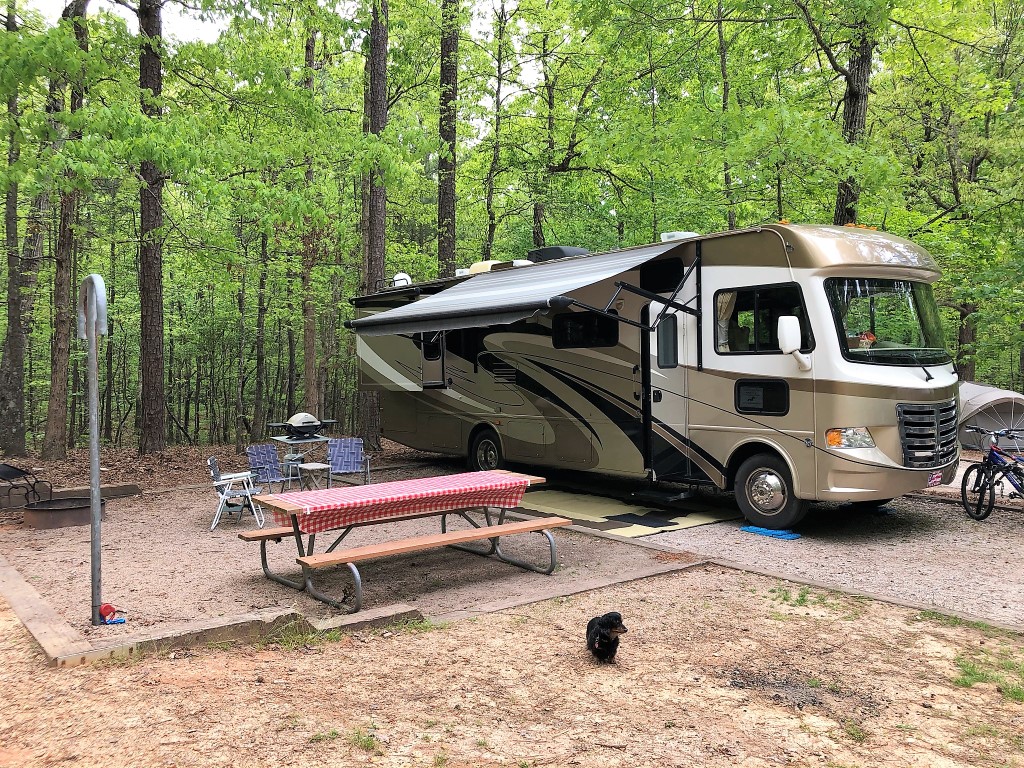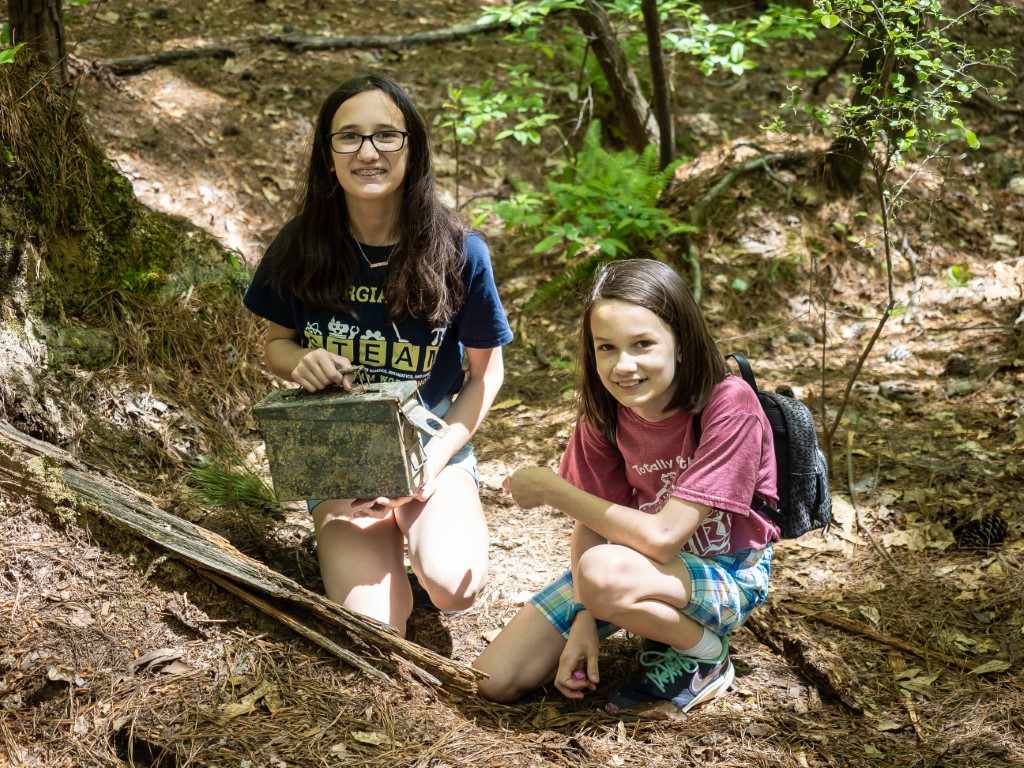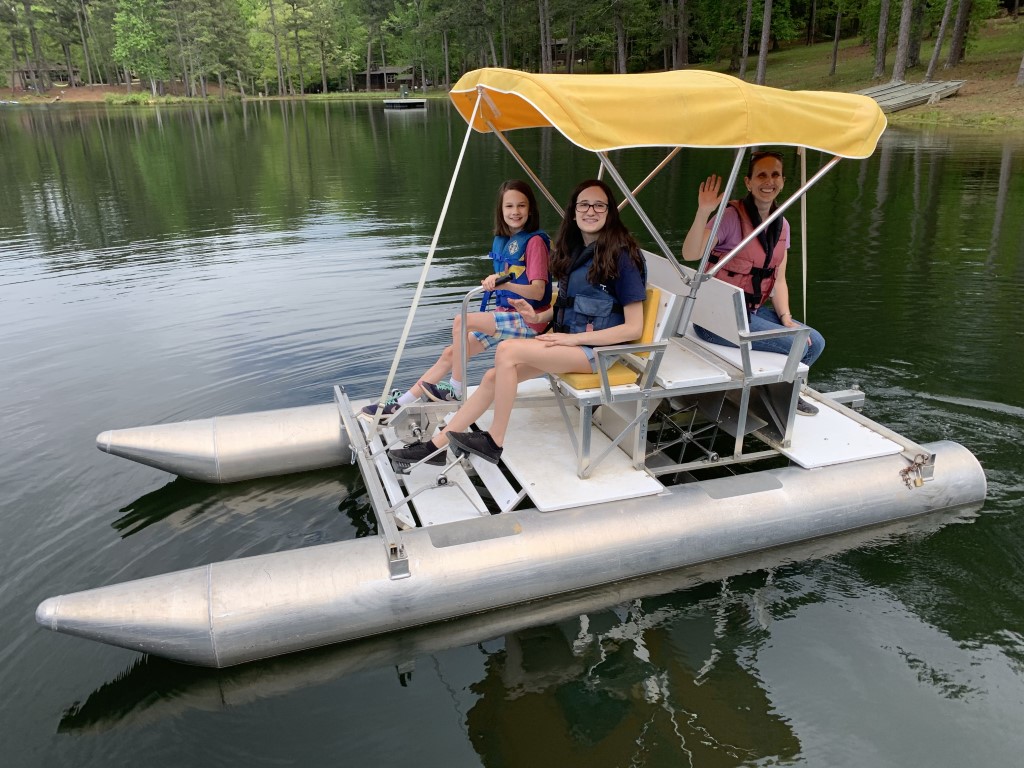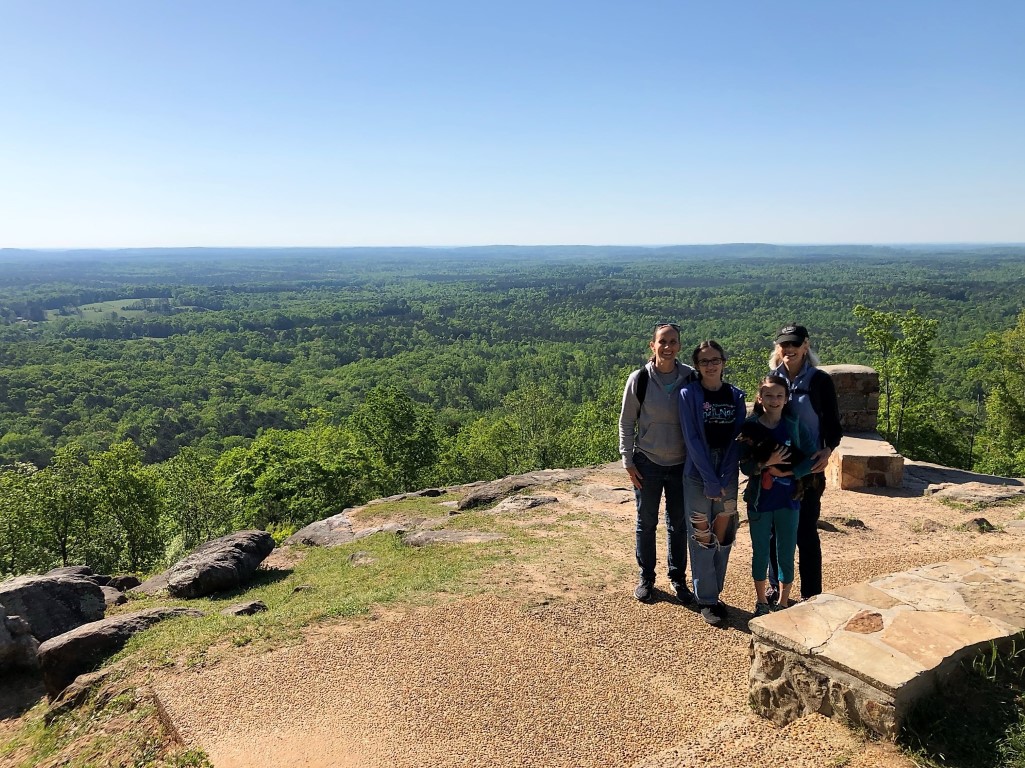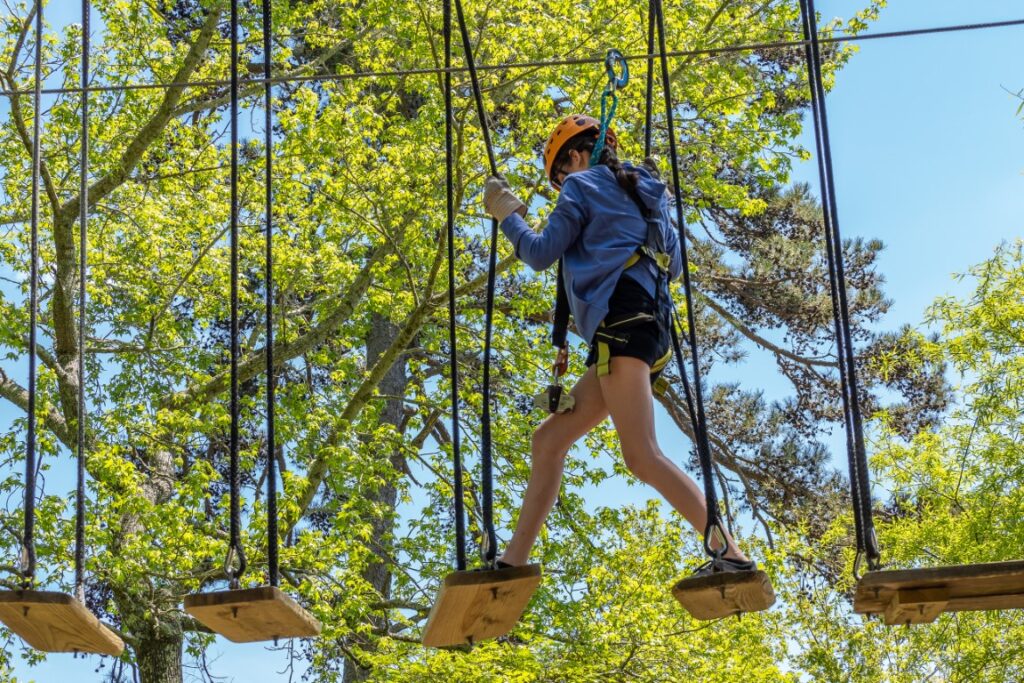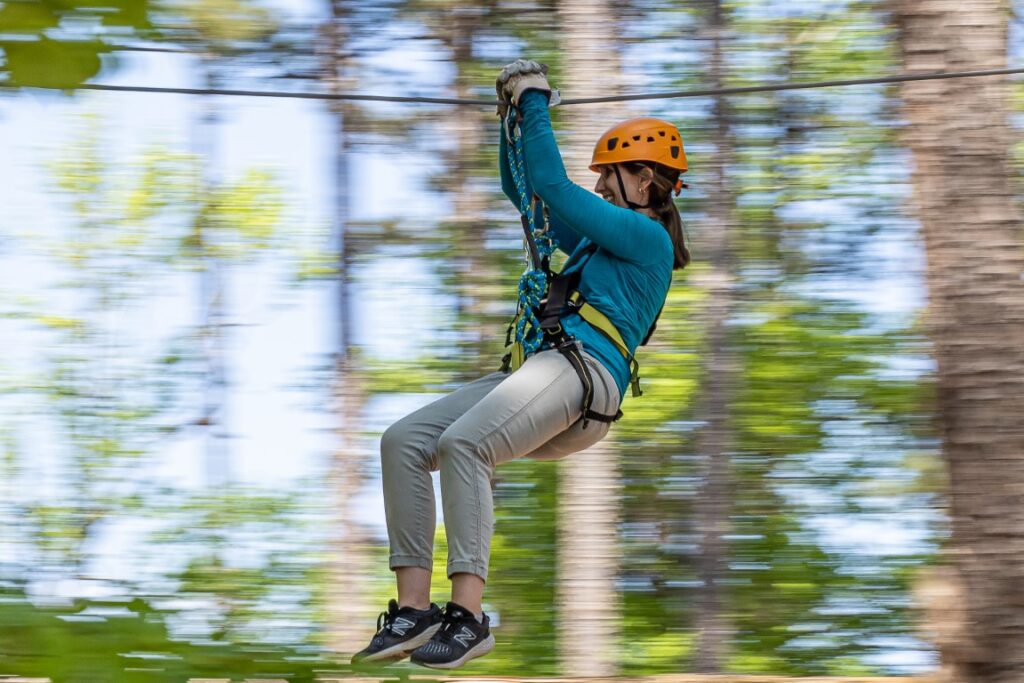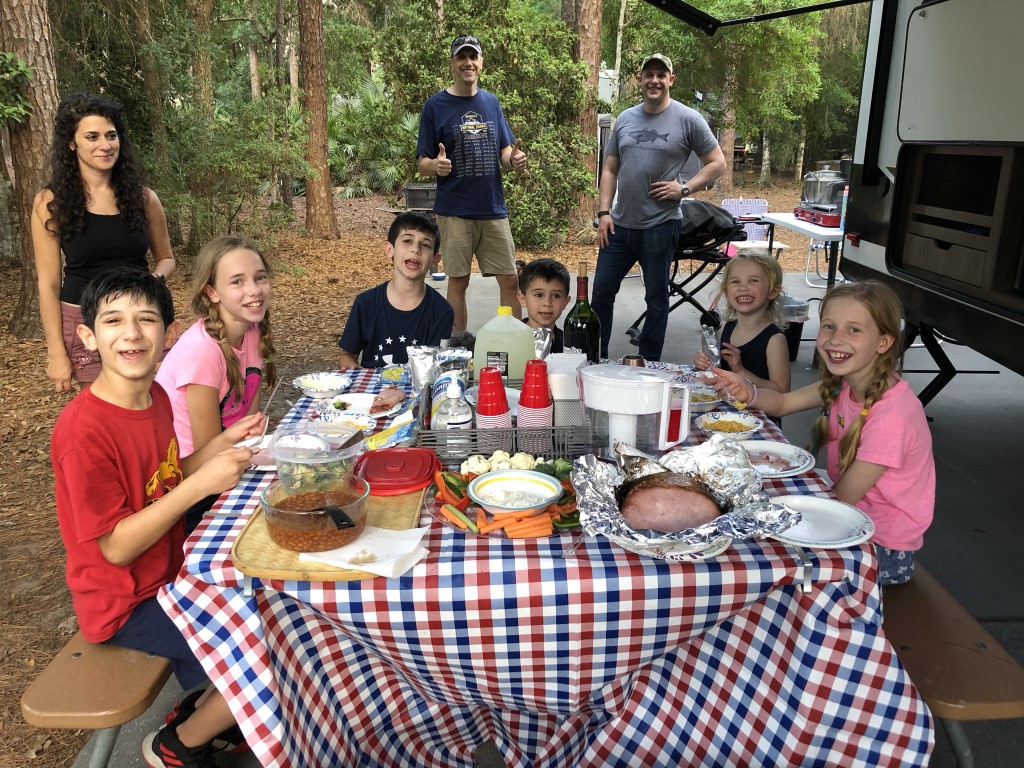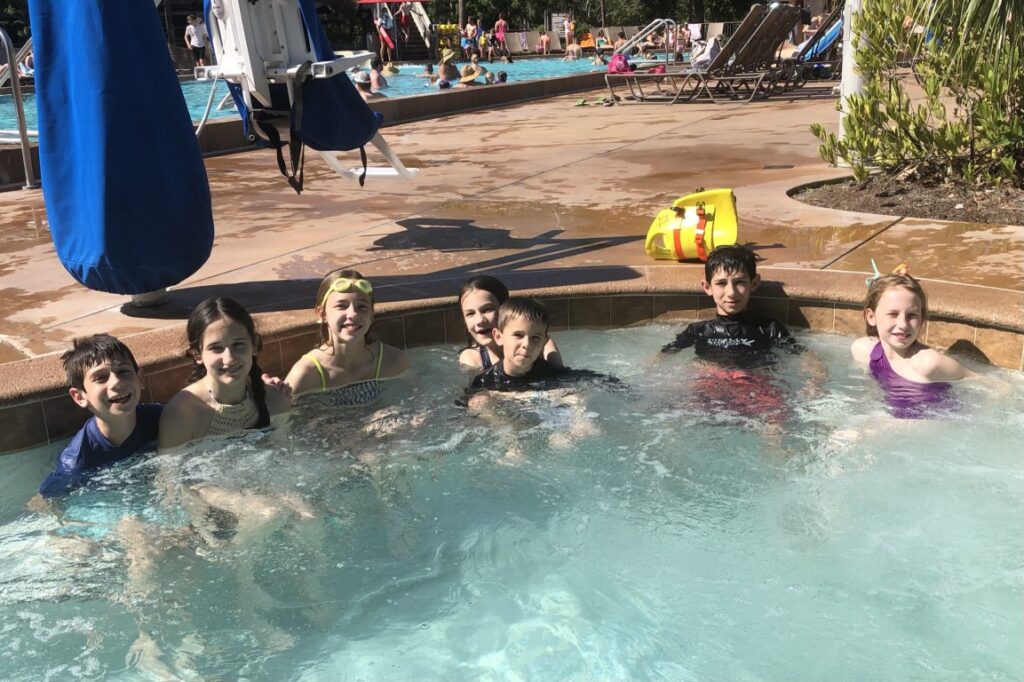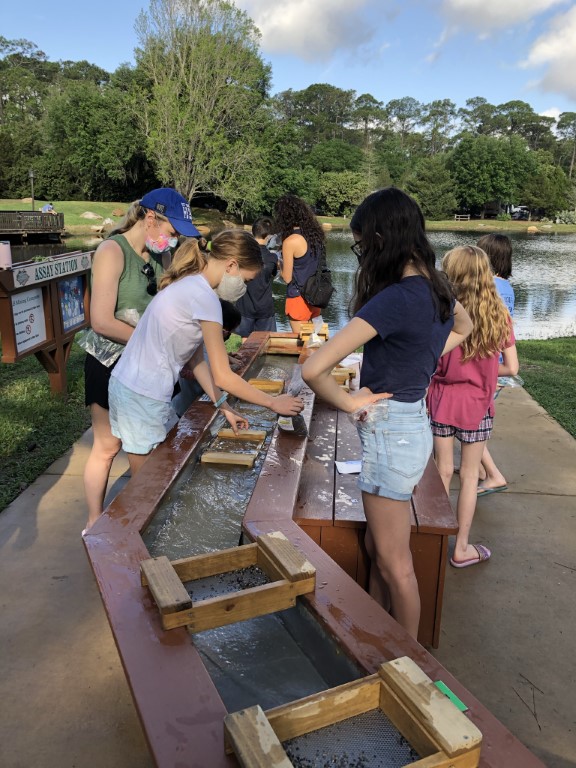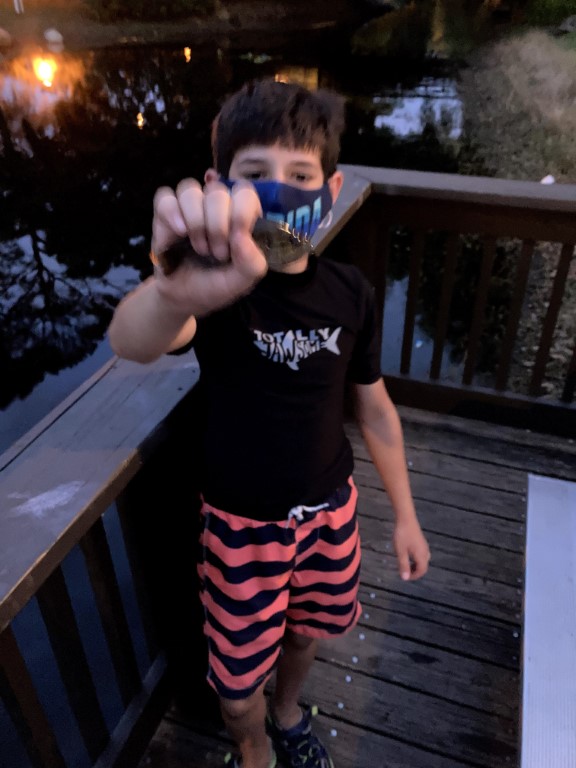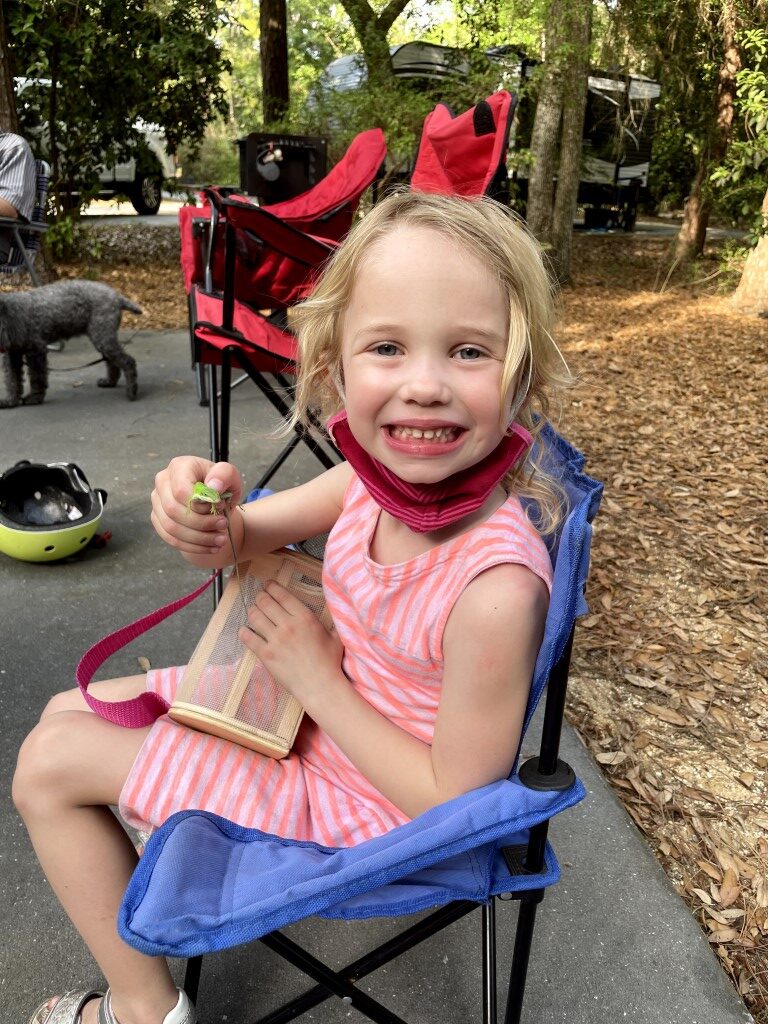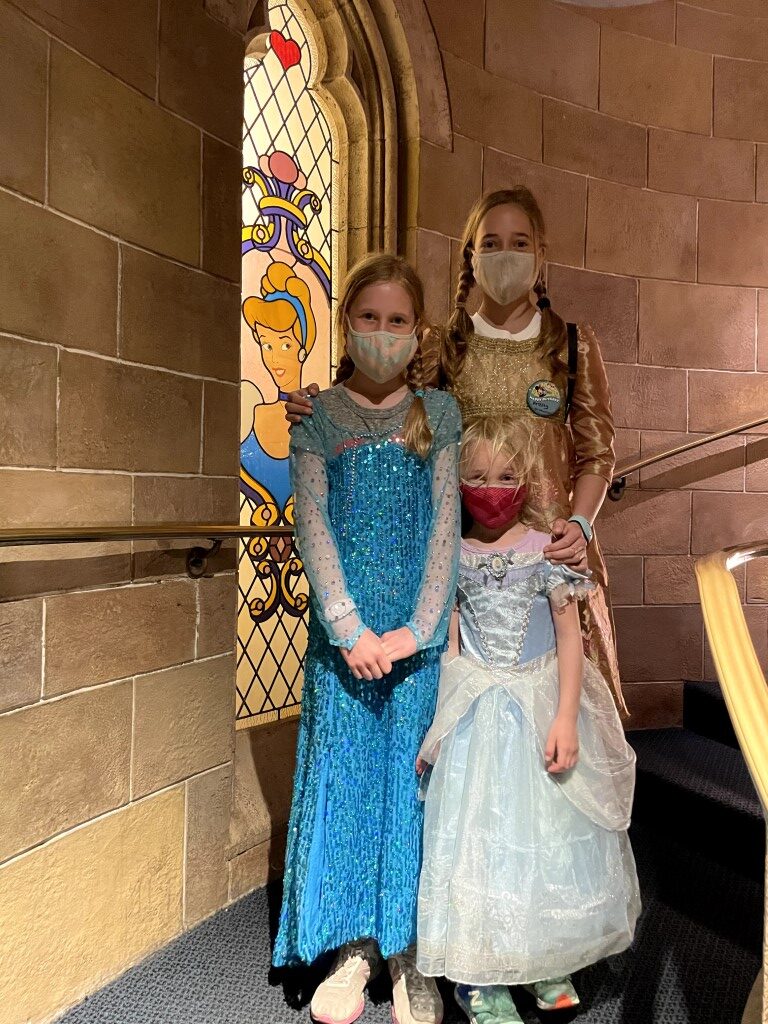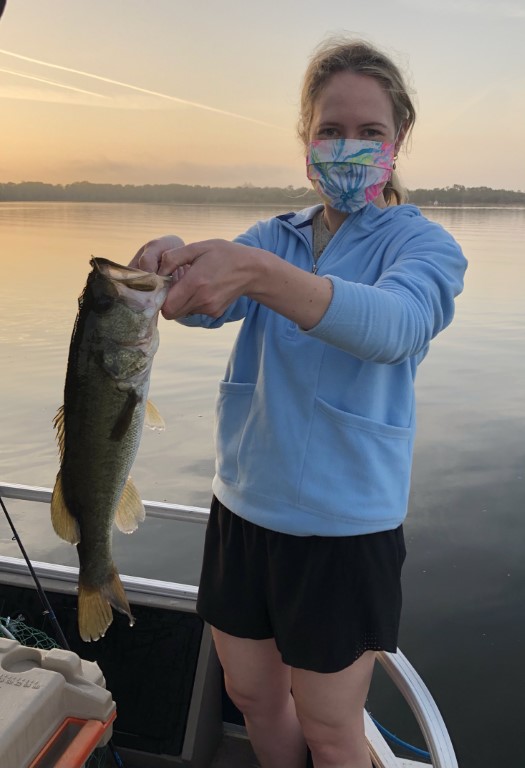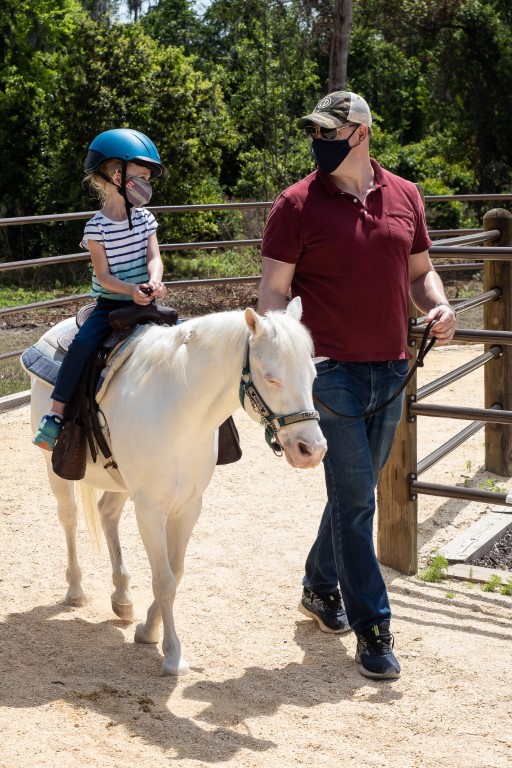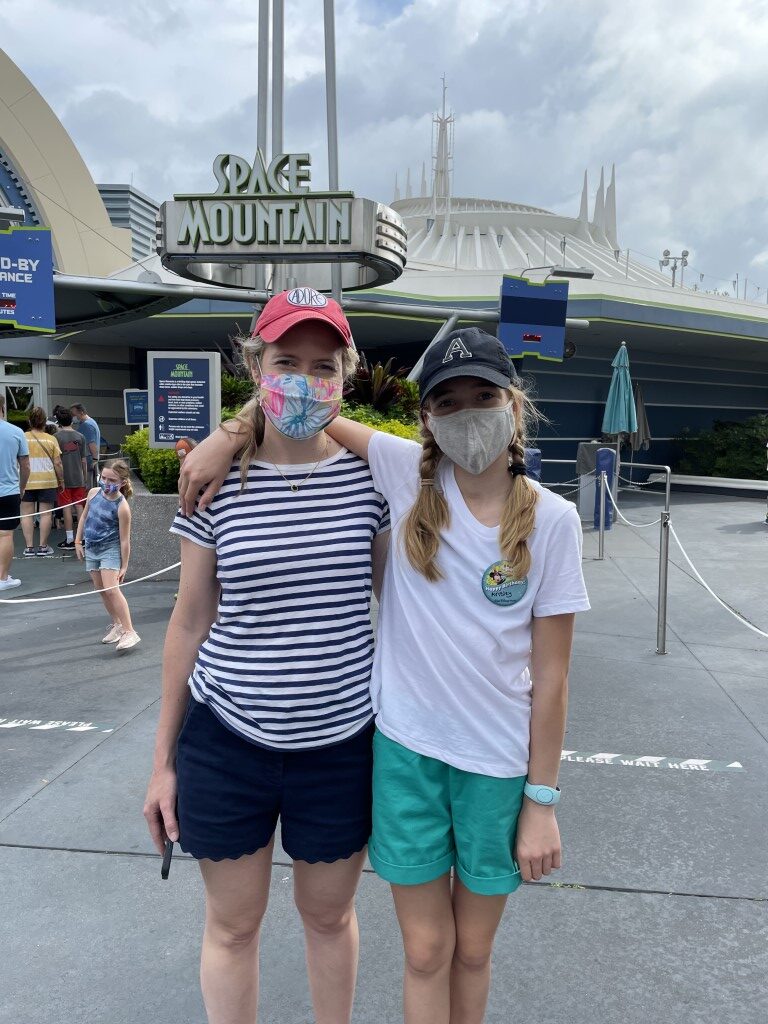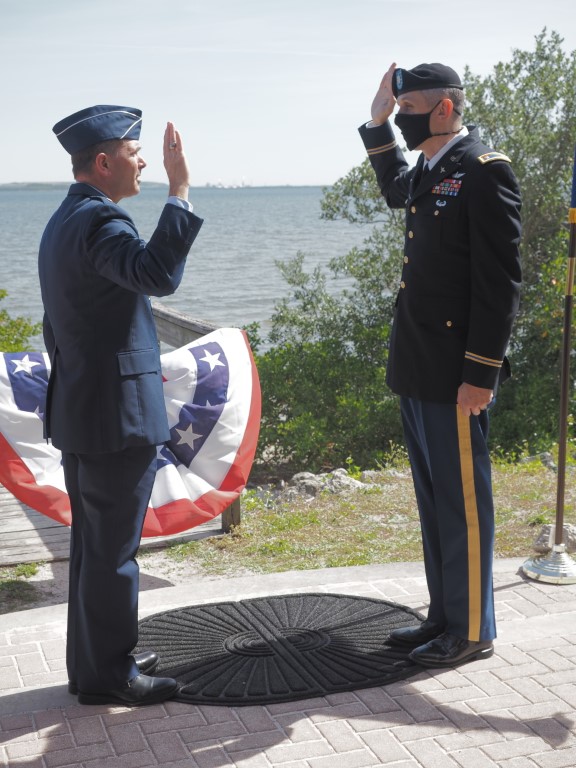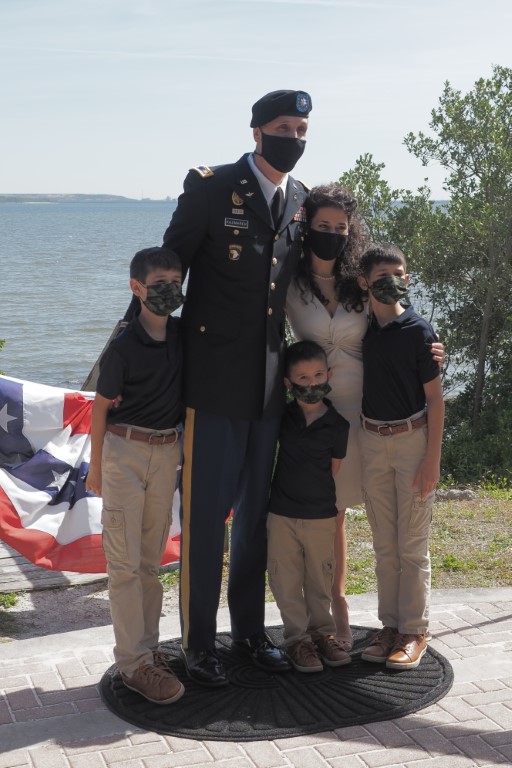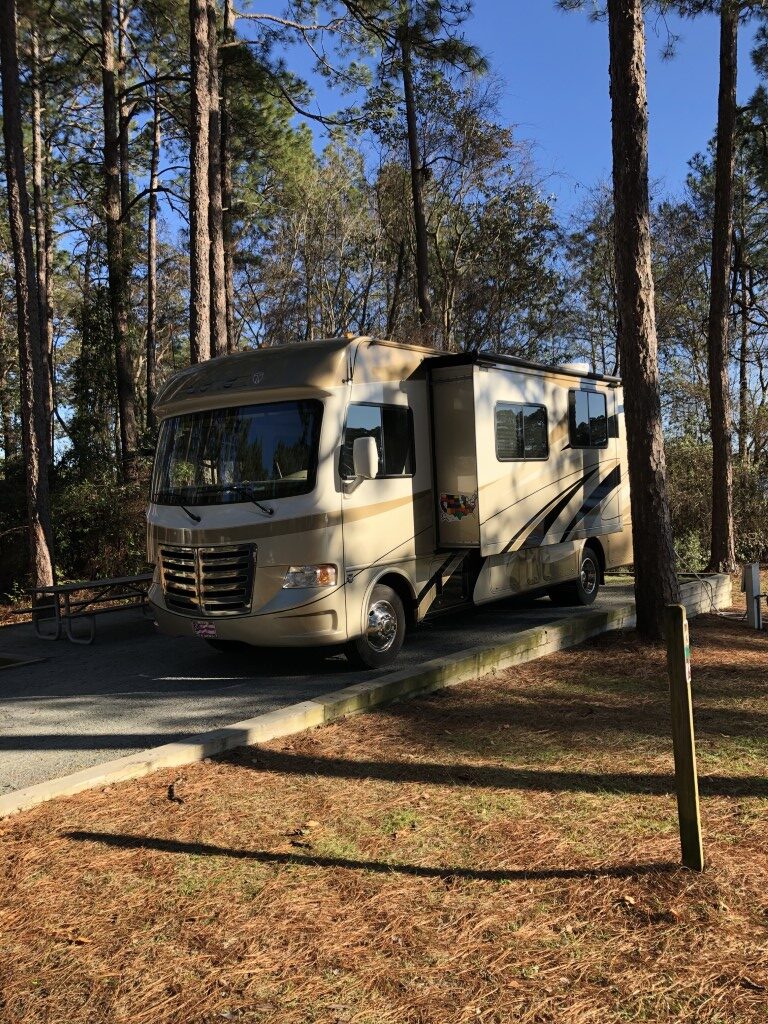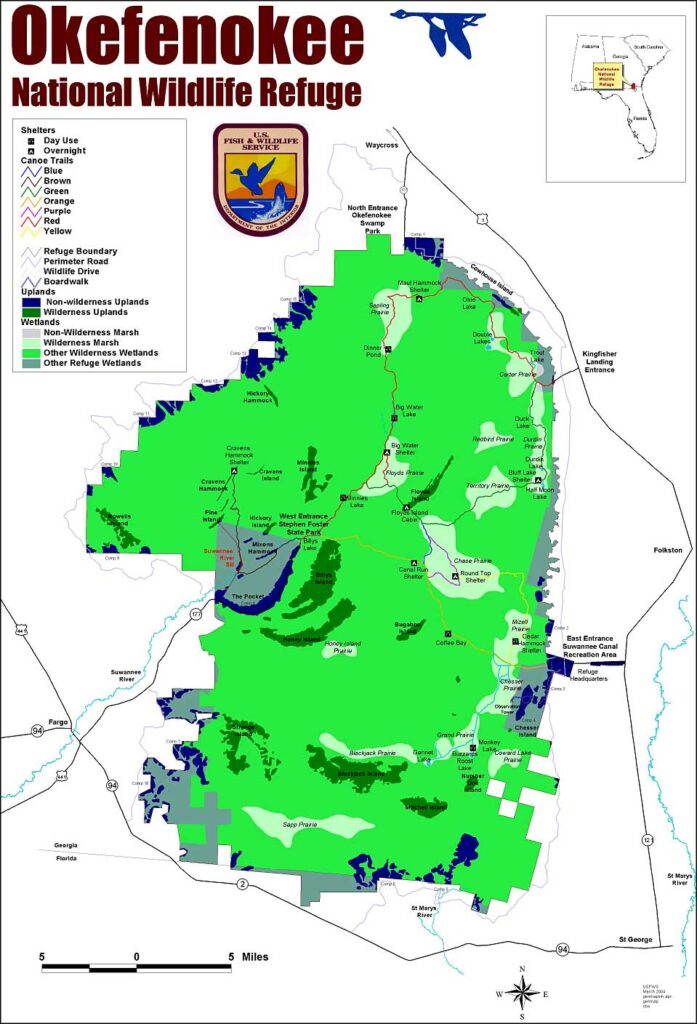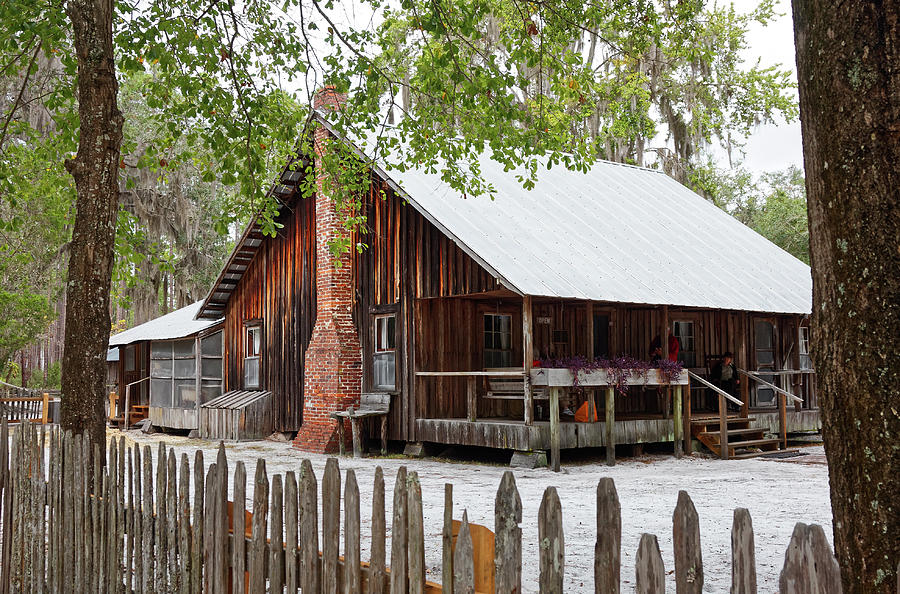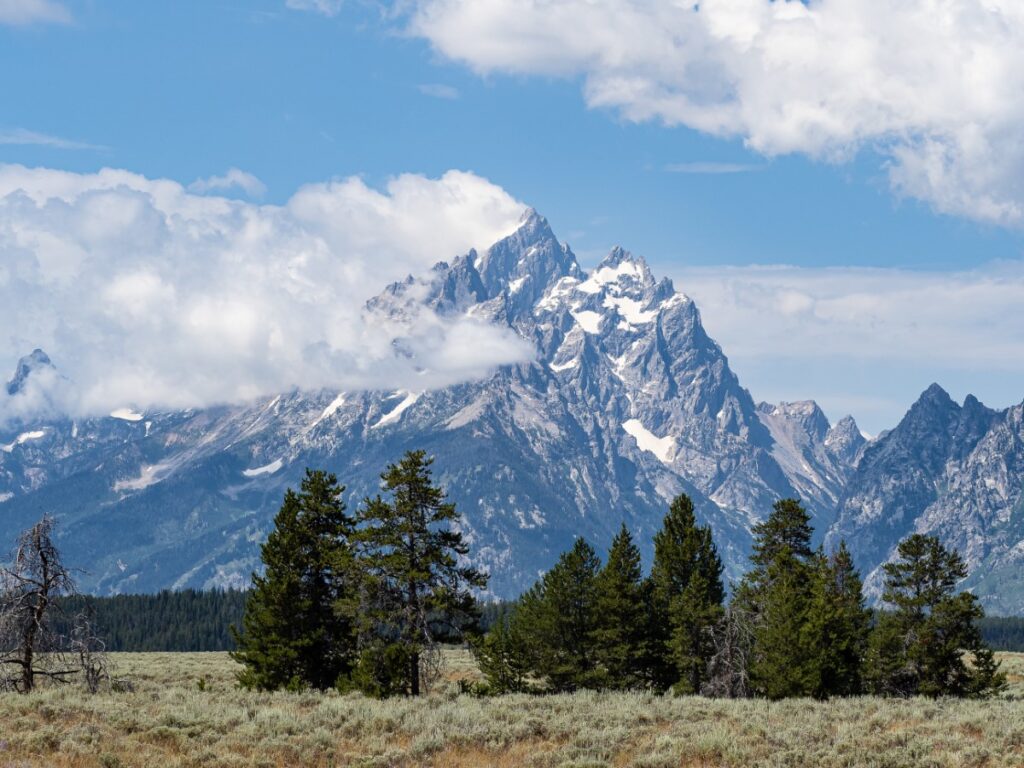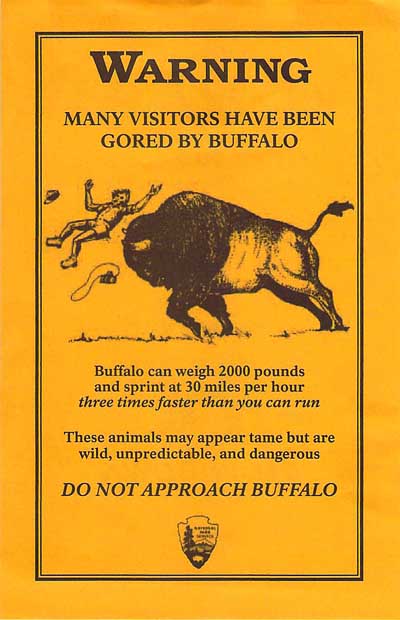One of the oft-touted advantages of an RV is that, as something of a mobile condo, it permits one to live near the relations for a while, allowing for extended visits, without the hassles and expense of hotels, restaurants, and rental cars (and now, COVID-loaded public places). In our case, that effect is multiplied because we’ve got three RVs scattered among the families, which means the congregating location can be essentially anywhere.
So, over the years, we used the RV to host dozens of family gatherings in campgrounds (such as a gathering at Land Between the Lakes, May 2015), meet Cliff on his temporary work assignment in Beaumont (November 2015), meet Cliff at Disney World (April 2016), travel out west for the birth of grandchild #7 (June 2016), meet Cliff in San Antonio (April 2017), visit my sister in California (June 2018), take an extended West Coast vacation with Robert and family (June-July 2018), arrange a linkup with Robert as he PCS’ed from Washington to Florida (May 2019), meet Robert and family at Disney World and break Christopher’s arm (March 2020), attend Robert’s promotion ceremony (March 2021), do a family reunion with all four families at Walt Disney World (March 2021), and meet with Cliff in Shenandoah National Park (June 2021). Plus probably a couple dozen other meetups, gatherings, and trips that don’t come to mind.
For all that, though, this is the first time that we’ve used the RV for a holiday gathering, namely Christmas, or as it will soon be phrased in today’s newspeak, “Popular Religious Leaders Natal Day,” a holiday that likely will be held on the last Monday in December. It’s not beyond imagining. We had to cancel a trip with Cliff over Columbus Day weekend due to travel difficulties, which spared me from having to do a blog post on a day now known in some circles as “Indigenous Peoples Day.” I’m waiting for Presidents’ Day to be renamed “Racist Leaders Shaming Day” and the Fourth of July redesignated as “Oppressive Government Founding Day.” All we need now is a national holiday to celebrate “hate week” and the fulfillment of an Orwellian dystopia will be complete.
Where was I? Oh yeah … Christmas. How did I get off on that rant? No matter. This trip not only gave us family time in Florida at Christmas, that gathering was followed by a trip with Robert and family to the Florida Keys. Robert has done an excellent blog post that summarizes the trip, so I won’t repeat the details here. Suffice it to say that this trip was one of the best family gatherings we’ve ever had.
First, if there’s anything better than Christmas with three little boys, it’s hard to imagine what it might be (save perhaps Cliff’s Christmas with three little girls). Plus wonderful meals, beautiful and warm weather, and Robert’s extraordinary on-post home at MacDill Air Force Base. And then, a week in the Keys, with temperatures in the 80s every day, touring around seeing the sights, fishing, kayaking, and cooking out. What a wonderful week.
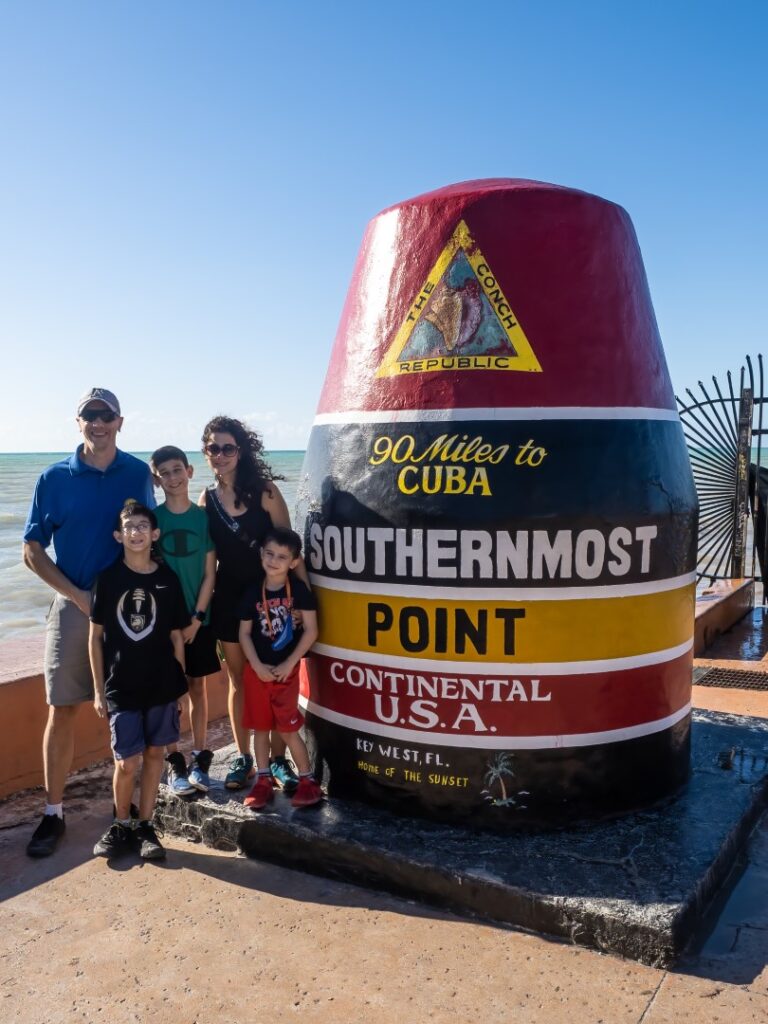
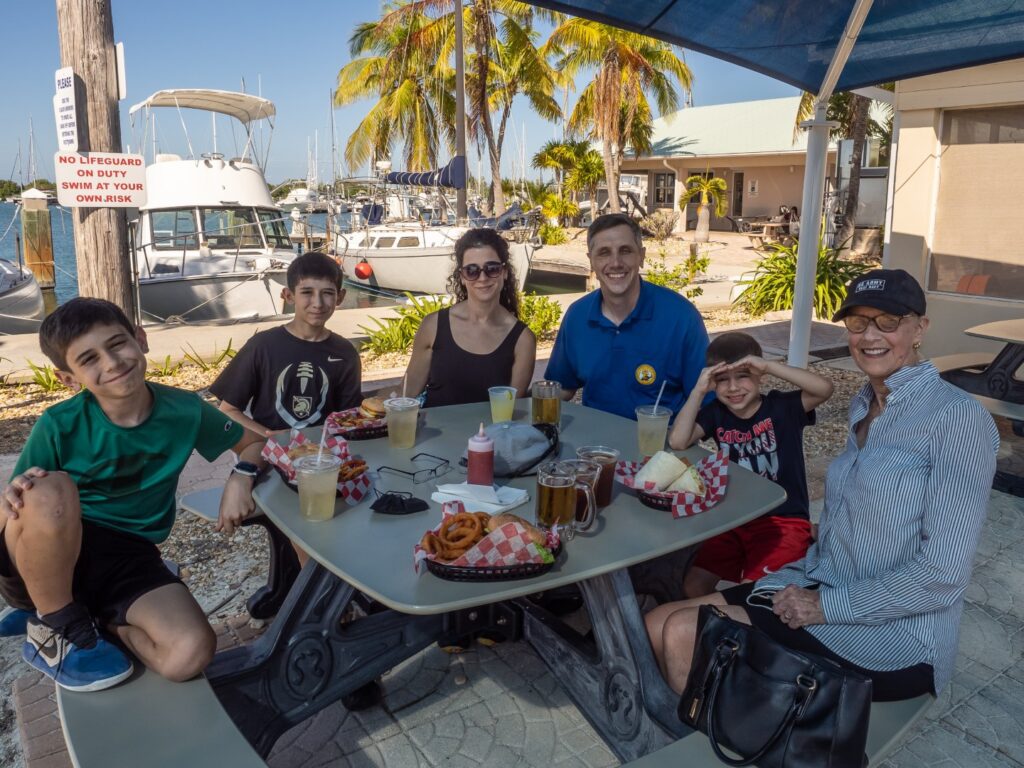
One other thought: traveling around Florida over Christmas break gave us an eye-opening view into the “snowbird” phenomenon. Besides millions of tourists who come to Florida for a few days, Florida hosts an estimated 900,000 visitors each winter who stay a month or more, which actually increases Florida’s resident population by 5% in a matter of days. Many of these snowbirds (some estimates say a majority) come from Canada (mainly Quebec), but judging from license plates a large proportion hail from the states you’d expect: New York, New Jersey, Pennsylvania, Ohio, and Illinois. And they all drive like that’s where they’re from, although that’s a post for another day.
Some of these migrants bring their RVs, making the task of finding an open campground spot almost impossible. (Laura was able to snag us a couple spots in a wonderful campground on Sugarloaf Key only because the campground had been closed while reconstructed after a hurricane, and she called within minutes of its reopening being posted on its website.) Other migrants clog the hotels and resorts. But a surprising number stay in homes they maintain in Florida just for the purpose of having a warm alternative to their frigid home states. There are an estimated 11 million second home in Florida, accounting for nearly 15% of all second homes in the country. And not all of these are little cottages. As we learned when we went to Naples a few years ago, upper-end homes there go for $20 to $75 million, although some bargains can be had across the river, such as at Aqualane, where the homes are in the $10 to $20 million range. And yes, these are mostly “second homes.” About 80% of the owners in these areas spend less than 4 weeks per year in their homes.
And what of the RVs that come to Florida each winter? It’s a weird mix. At some places, such as the RV park in Naples, the RV spots for long-term visitors are filled by one multi-million-dollar RV after another.
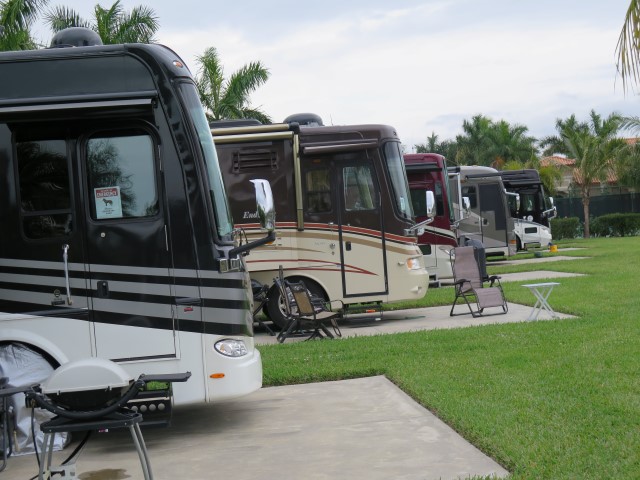

But we also encountered the other end of the spectrum at our stop after the Keys: little dinky travel trailers that have been “improved” by the addition of corrugated aluminum siding, plastic lawn furniture, and an eye-popping collection of yard decorations including, no kidding, pink flamingos. We even saw a fair number of Harley-riding “biker snowbirds,” which seems like an irreconciliable combination of nouns. And in a “campground” (which was more like a trailer park) consisting of 300-plus sites, there were well over a hundred of these semi-permanent beauties. Robert actually found himself parked between two of these units, and Laura remarked that she didn’t even feel comfortable going out at night. All of which caused Robert to describe this little gem of a campground as a “dump.”
So, there you have it. A great and wonderful trip, made all the better by the hard work and gracious accommodations of Robert and his family, in the midst of a social phenomenon worth seeing. We’ll be back down in Florida twice in the next few months to babysit the Little Darlings while Robert and Laura absent themselves for various reasons, but I’m sure those trips will be nothing compared to this one. Memorable indeed.

